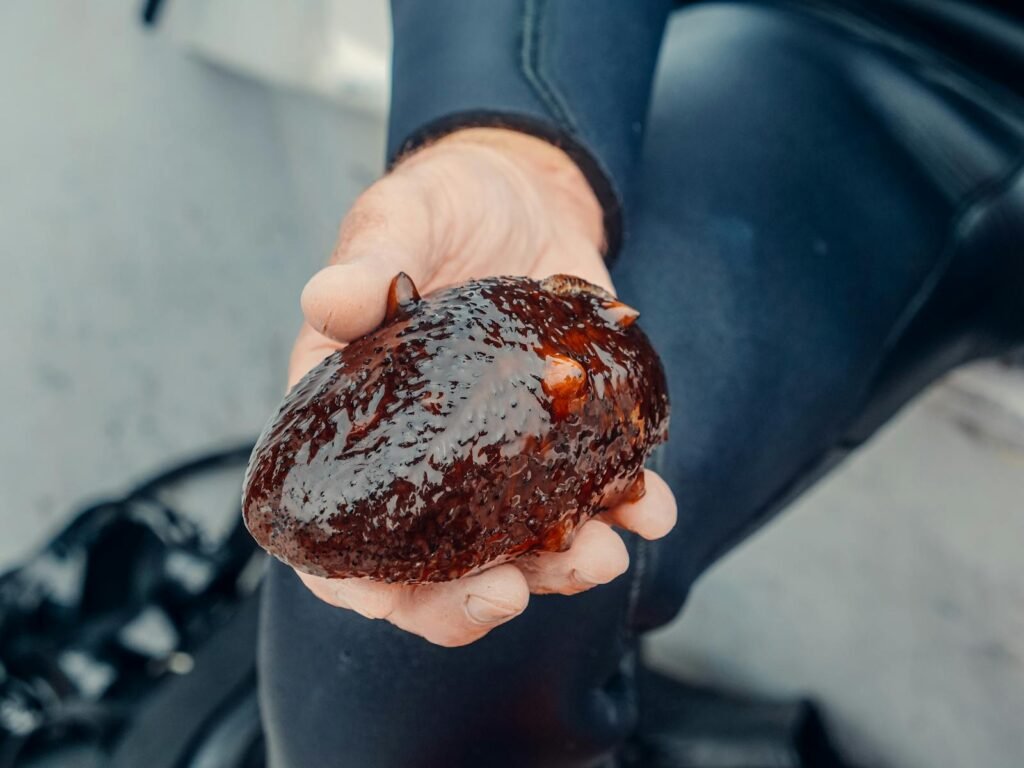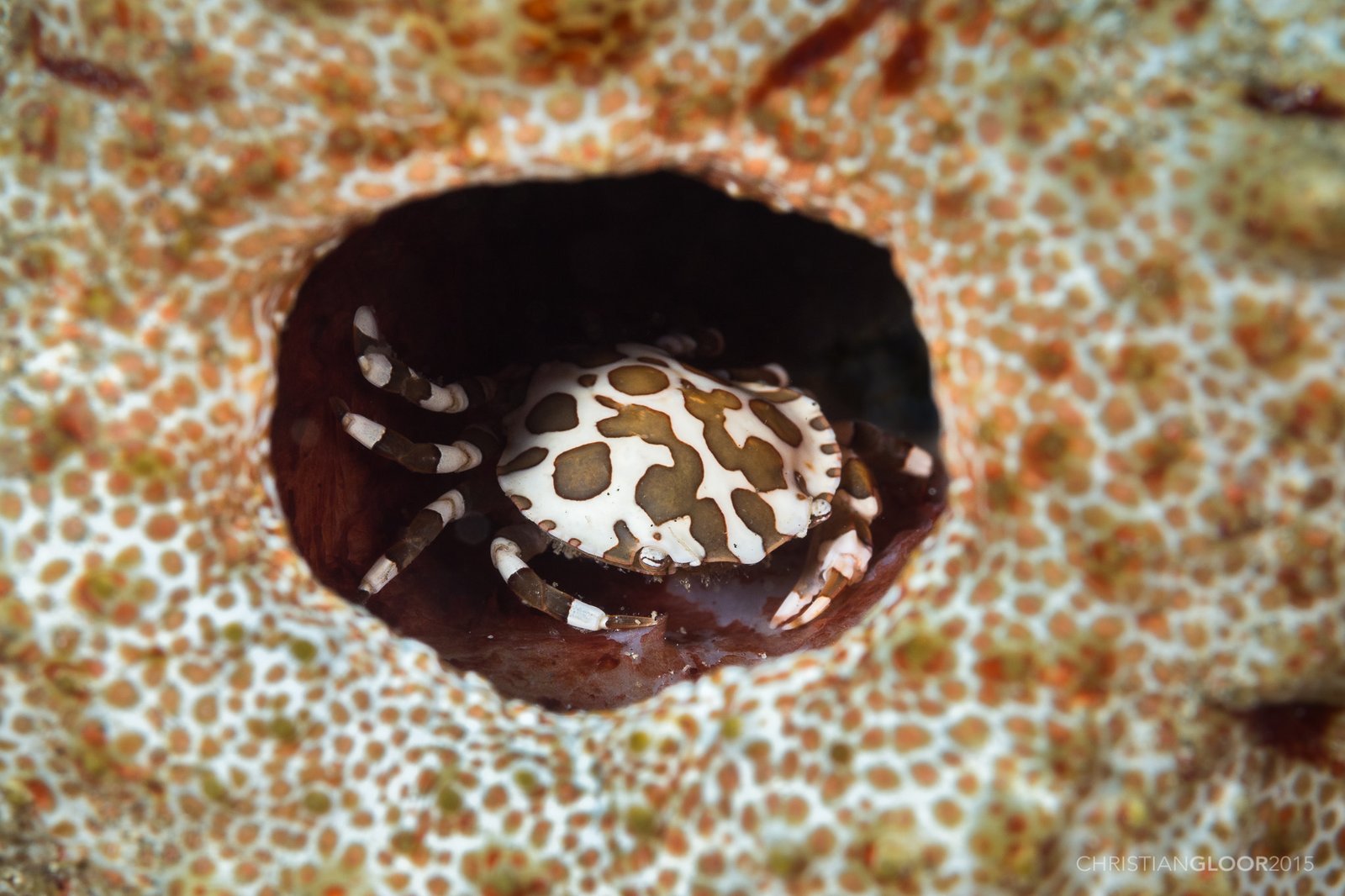In the mysterious depths of the ocean, where sunlight barely reaches, there exists a partnership that defies conventional understanding. Imagine a world where a tiny crab finds sanctuary in the most unexpected of places: the posterior of a sea cucumber. This bizarre symbiotic relationship might sound like the plot of a fantastical tale, but it is a real and fascinating occurrence in marine biology. It challenges our perceptions of nature’s ingenuity and adaptability, drawing us into the wonders of the underwater world.
The Unlikely Duo: A Closer Look

The sea cucumber and the pearlfish form one of the ocean’s most peculiar partnerships. The sea cucumber, a soft-bodied marine animal, serves as a living refuge for the pearlfish, a slender, eel-like creature. The pearlfish enters the sea cucumber through its anus, seeking protection from predators. This relationship is not only unusual but also raises questions about the complex interactions that define marine ecosystems.
Understanding Symbiosis

Symbiosis is a biological interaction between two different organisms living in close physical association. In this case, the relationship between the pearlfish and the sea cucumber is a form of commensalism. The pearlfish benefits by gaining shelter, while the sea cucumber remains unharmed. This partnership showcases the diversity of symbiotic relationships in nature, where survival often hinges on the cooperation between species.
The Role of the Sea Cucumber

Sea cucumbers are essential players in marine ecosystems. They help recycle nutrients by breaking down detritus and organic matter on the ocean floor. Their bodies are uniquely adapted to filter feeding, and their presence supports the health of coral reefs and other marine habitats. By providing a safe haven for the pearlfish, they inadvertently highlight their role as key contributors to oceanic biodiversity.
Pearlfish: The Intriguing Guest

The pearlfish is a nocturnal creature, often venturing out at night to feed on small invertebrates. Its slender, elongated body allows it to slip easily into the sea cucumber’s posterior. This behavior is not driven by malice but rather a survival strategy honed through evolution. The pearlfish’s ability to find refuge in such a peculiar place underscores the lengths to which organisms will go to ensure their survival in the competitive marine world.
Evolutionary Adaptations

The relationship between the pearlfish and the sea cucumber is a testament to evolutionary innovation. Over time, the pearlfish has developed the ability to live inside the sea cucumber without causing harm. This adaptation demonstrates the dynamic nature of evolution, where organisms continuously evolve to exploit available niches. Such adaptations are crucial for survival in the ever-changing ocean environment.
The Science Behind the Symbiosis

Researchers have long been fascinated by the mechanics of this symbiotic relationship. Studies reveal that the pearlfish uses chemical cues to locate sea cucumbers, guided by a finely tuned sense of smell. Once inside, the pearlfish remains undetected by predators, thanks to the sea cucumber’s natural defenses. This relationship exemplifies the intricate balance found in nature, where even the most unlikely partnerships can thrive.
Challenges of Coexistence

While the relationship appears harmonious, it is not without its challenges. The pearlfish must carefully navigate its host’s internal structures to avoid causing harm. Any disruption could trigger the sea cucumber’s defensive mechanisms, expelling the pearlfish. This delicate balance highlights the complexity of symbiotic relationships, where both parties must adapt to coexist peacefully.
Ecological Impact

The presence of pearlfish within sea cucumbers can influence local marine ecosystems. By seeking refuge, pearlfish contribute to the overall biodiversity of the area. Their interactions with other species, both as predator and prey, affect the dynamics of the marine food web. This relationship serves as a reminder of the interconnectedness of life beneath the waves, where even the smallest creatures play significant roles.
A Broader Perspective on Symbiosis

The strange partnership between the pearlfish and the sea cucumber is just one example of the myriad symbiotic relationships found in nature. From cleaner fish that remove parasites from larger fish to fungi that help plants absorb nutrients, symbiosis is a driving force behind the diversity of life on Earth. These interactions remind us of the intricate web of life that sustains our planet.
A World of Wonder and Discovery

The ocean is a vast, unexplored frontier teeming with mysteries waiting to be uncovered. The peculiar relationship between the pearlfish and the sea cucumber invites us to delve deeper into the wonders of marine biology. It challenges us to appreciate the complexity of life and the ingenious ways in which organisms adapt to their environments. As we continue to explore the depths of the ocean, who knows what other strange and fascinating relationships we might discover?



